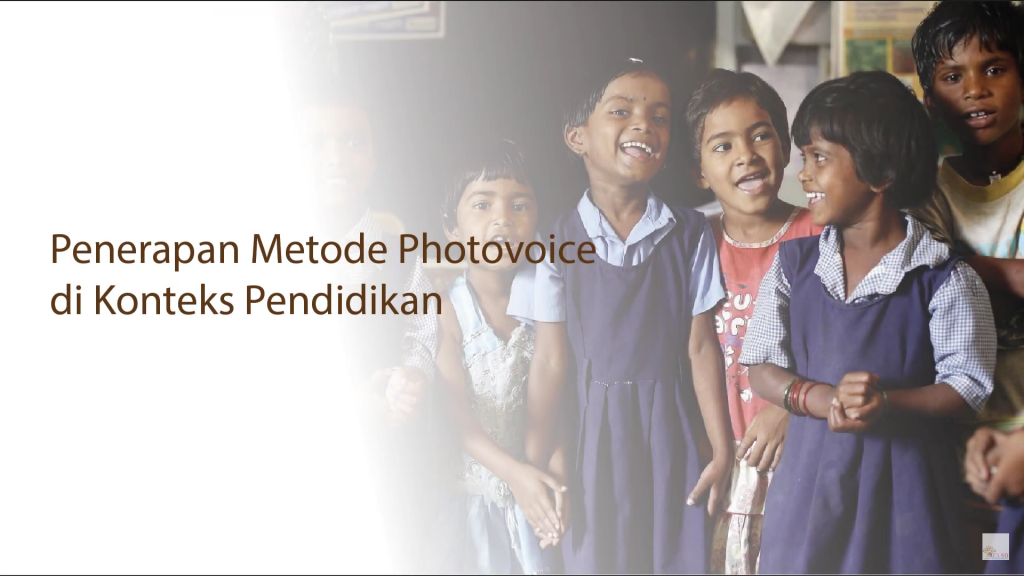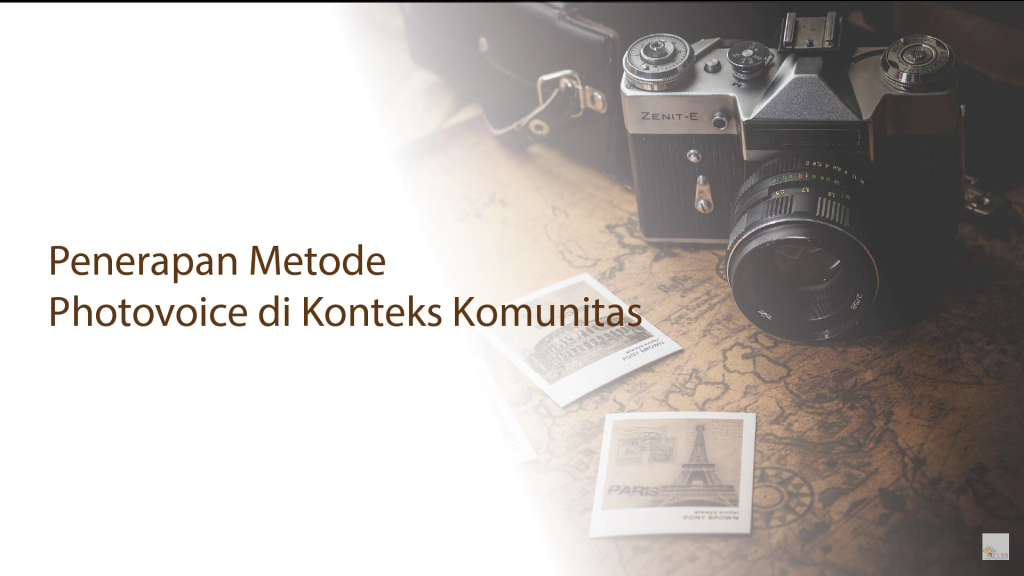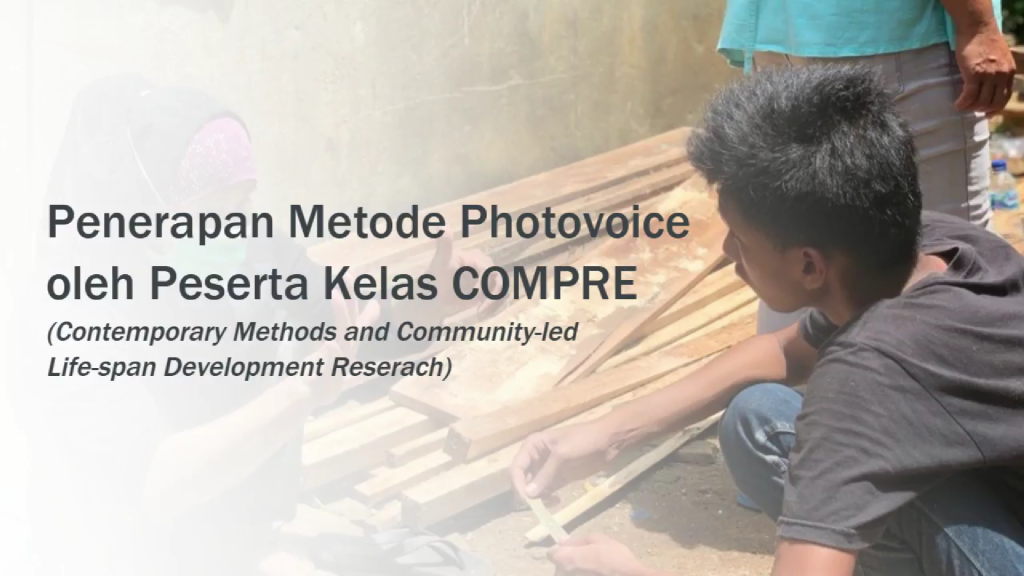
Introduction
Photovoice “is a process by which people can identify, represent, and enhance their community through a specific photographic technique” (Wang & Burris, 1997). Photovoice, as participatory photography, has become a movement and an alternative to the traditional approach where researchers take photographs and participants interpret. Photographs taken with the participatory approach can provide rich and in-depth knowledge and rich data sets because the researcher can see what participants observe and search out meanings in each capture. Photovoice is a participatory action research (PAR) method used when conducting research with or by children and young people. It is a powerful means for children and young people to communicate and reconstruct the stories about their lives and to make changes within themselves and in the society by identifying the community’s strengths and concerns, promoting dialogue about issues through discussions using photographs, and informing policymakers. Our researcher, Elga Andriana, Ph.D., has been conducting research with children and young people using the Photovoice method. Here you can find snapshots of her doctoral study and Bachelor’s and Master’s thesis students under her supervision.
Contact: elga.andriana@ugm.ac.id
_
Project 1
Amplifying children’s voices within photovoice: Emerging inclusive education practices in Indonesia
Michelle Bonati, Elga Andriana
Inclusive education is a recent phenomenon in Indonesia. Students with learning disabilities have been historically and currently marginalised within most schools and communities, with limited opportunities for social inclusion. Photovoice, a qualitative, participatory methodology was implemented to engage 31 students with learning disabilities and without disabilities in projects connected with their school curricula that focused on the overarching themes of social inclusion, belonging and community. The students served as co-researchers, which involved taking photographs and thematically analysing them during individual interviews and during group discussions. The project culminated with a public photo exhibition and presentations by the students. Data collection occurred over 6 weeks, in two schools in Yogyakarta, Indonesia, and further cross-case analysis of the data was conducted by the authors. The research question examined was as follows: How do students with and without disabilities perceive social inclusion, belonging and their community during a photovoice project in Indonesia? Three themes emerged in response to the research question focused on the overarching topics of social inclusion, belonging and community. These themes included: (1) Inclusive Characters, (2) Cultural and Civic Engagement in the Community, and (3) Self-Determination.
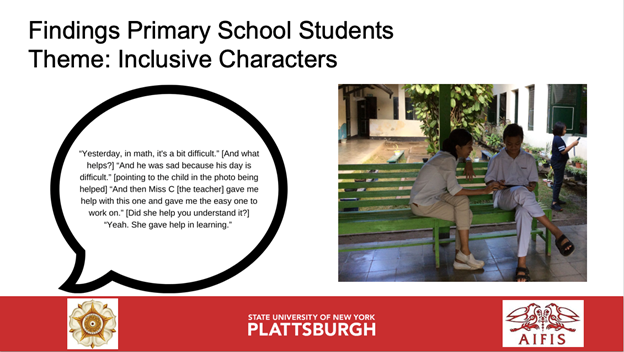


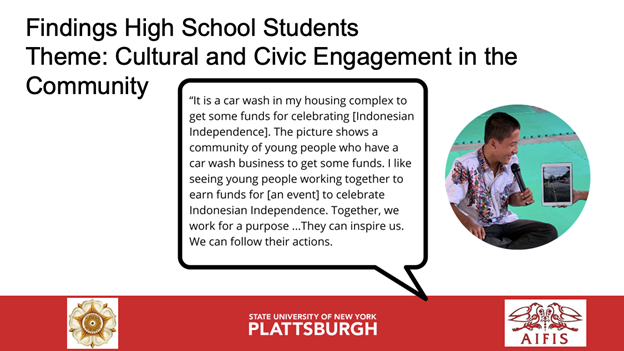
_
Project 2
Voices of students with intellectual disabilities: Experiences of transition in “inclusive schools” in Indonesia
Elga Andriana, David Evans
Within the emergence of inclusive education in Indonesia, transitions take on various forms impacting students’ educational and social lives. This paper reports the experiences of primary school students with intellectual disabilities during transitions in various contexts. An initial period of research used arts-informed methods to support the students to capture their journey in education. While students’ voices about inclusive education were captured through photographs, drawings, and conversations, students were supported to undertake a personal research project. Students shared a range of experiences and feelings in the interviews using the photographs and drawings as prompts. Some reported being expelled from regular school as a result of failure to meet academic standards and transitioning to “inclusive school.” These “inclusive schools” moved the students from special to the regular classroom and back based on their academic performance. While students valued the opportunity of having more friends in the regular class, they voiced a preference for the special classroom for social interactions. Some students reported their experiences of being retained at year level for lack of progress in a rigid curriculum. Students expressed their conflicting emotions of sadness when retained, happiness when promoted, and despair at the level of learning support provided to “survive” in the higher year level. The students also provided insight into the identity of students with intellectual disabilities impacted by transition experiences.
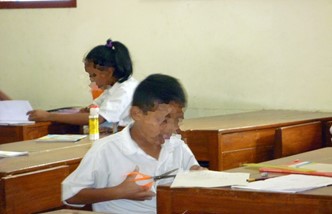
Photo 1
I like this picture because children are learning, cutting geometry shapes. Regular children have to be smart and study diligently. Regular children can learn things being learnt by inclusion children quickly. Children in special classes cannot do what children in regular classes learn. It’s just too difficult for them.
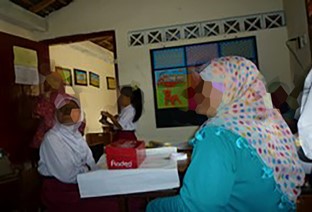
Photo 2
Children in the special class are making gift-wrap. Regular children can learn things being learnt by inclusion children quickly. Children in the special class cannot do what children in the regular classes do. It’s just too difficult for them.
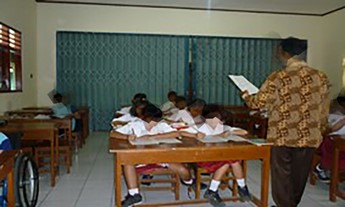
Photo 3
This is a religion lesson. In this subject, inclusion children can join a regular class. There are Karisma and Zaki (inclusion children) sitting alone. Regular children should sit with inclusion children because if inclusion children do not know something, a regular child can help.
_
Project 3
Social Relations of Deaf Students within Online and Blended Learning during COVID-19 Pandemic
Shafira Mudhawwirah, Elga Andriana
The COVID-19 pandemic has made learning move from in-person to online or blended at all levels, including university. This raises its own challenges among students, one of which concerns students’ social relations. Research on students’ social relations tends to focus on general conditions and has not investigated much about the social relations of students with disabilities, especially with hearing impairments. This study aims to see how Deaf students establish social relations in online and blended learning during the COVID-19 pandemic. This study used a qualitative research methodology with a case study approach. Online photovoice was employed as its method to explore the voices of three Deaf students regarding their social relations. (Note: ongoing study)
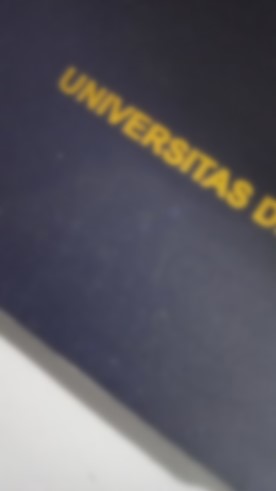
(G, Student with Hearing Impairment)
Photo: “The Blurry” Relationship between Deaf and Hearing
“This photo is blurry. Blurry means that the Deaf students have often advocated and explained their needs, but the faculty’s understanding cannot be 100%. There was a range of times when I advocated my needs many times, but the results were not as expected. That’s what the Deaf world is like. The relationship between Deaf and hearing people in my department is unclear.”

(R, Student with Hearing Impairment)
Photo: Working on a Task with My Learning Assistant
“When I received the news of COVID-19, all learning went online, but my classmates forgot to inform me about online learning. I was confused and then asked my friends about it. Finally, my friends came to my house, there was my learning assistant too, then my friends explained about online learning. I enjoy participating in online learning because I can study with my learning assistant.”
_
Photovoice Virtual Exhibition
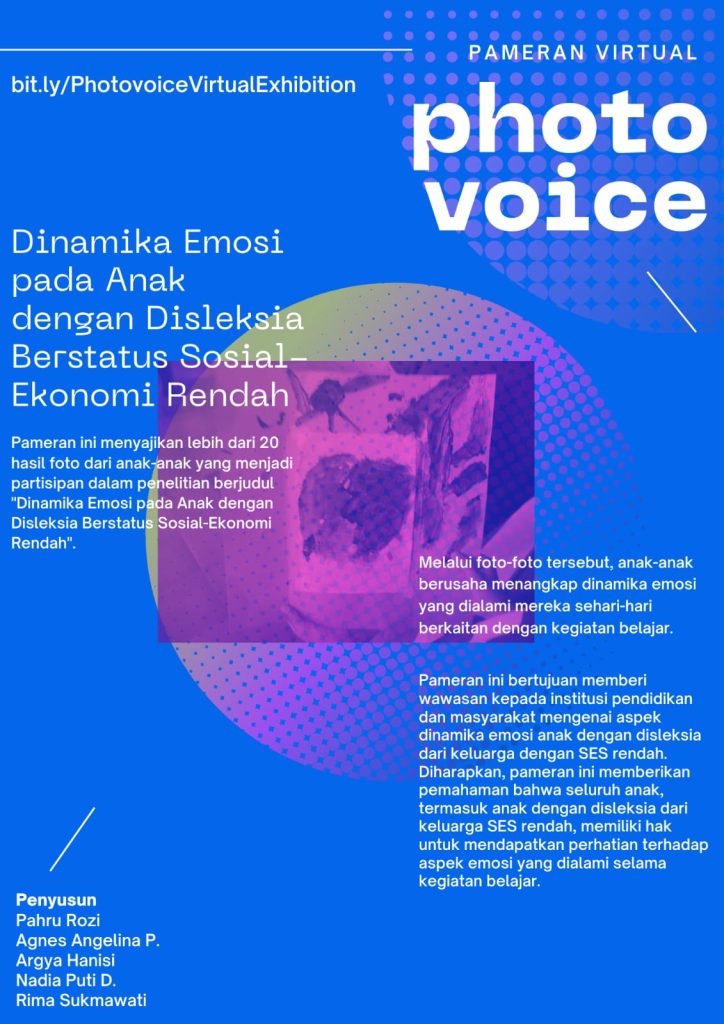
YOU ARE INVITED!🚀🚀
Dengan bangga kami mempersembahkan pameran “photovoice” virtual. Pameran ini merupakan kelanjutan dari penelitian yang telah kami lakukan mengenai Dinamika Emosi pada Anak dengan Disleksia Berstatus Sosial-Ekonomi Rendah.
Pameran menyajikan lebih dari 20 hasil foto yang telah diambil oleh anak-anak yang merupakan partisipan dalam penelitian kami. Melalui foto-foto tersebut, anak-anak berusaha menangkap dinamika emosi yang dialami mereka sehari-hari berkaitan dengan kegiatan belajar. Adanya pameran ini diharapkan dapat memberikan pemahaman bahwa seluruh anak, termasuk anak dengan disleksia dari keluarga SES rendah, memiliki hak untuk mendapatkan perhatian terhadap aspek emosi yang dialami selama kegiatan belajar.
Pameran ini dapat diakses kapan pun dan dimana pun melalui tautan berikut.*
Segera kunjungi pamerannya dan mari berpartisipasi dalam menciptakan lingkungan belajar yang ramah bagi anak dengan disleksia!
*disarankan membuka tautan menggunakan PC/Laptop
*Klik setiap foto untuk melihat deskripsi dan audio penjelasan
_
Photovoice Videos
